|
When it comes to nurturing successful readers, we often focus on the importance of word work activities, phonics instruction, and comprehension strategies. And while these elements undoubtedly play a crucial role in developing literacy skills, let's not overlook another essential aspect: the types of reading material we provide to our students. Just like the ingredients in a recipe, the selection of reading material can significantly impact a child's reading journey and overall literacy development. Think about it: would you serve the same meal for every occasion? Of course not! Just as we vary our menus to cater to different tastes and dietary needs, we must offer a diverse array of reading material to meet the varied interests, abilities, and learning styles of our students. Whether it's decodable books, leveled readers, fiction, non-fiction texts, or close reading, each type of reading material brings its own unique flavor to the table, enriching the reading experience in distinct ways. Decodable BooksFirst up, let's talk about decodable books. Think of them as the training wheels of reading. These specialized texts are like the building blocks of reading, providing early readers with the phonetic patterns and word structures they need to decode unfamiliar words with confidence. With decodables, our students can gain confidence as they tackle words one sound at a time. Plus, they're often filled with fun stories and characters that keep kids engaged and excited about reading. Here are some ways you can use decodable books in your classroom. - Reinforce phonics skills by focusing on specific letter-sound relationships or phonetic patterns - Incorporate decodable books into guided reading sessions, where you can provide targeted support and instruction based on students' individual needs. - Set up word work centers where students can practice decoding words from decodable texts through activities like word building, word sorts, and phonics games. Leveled BooksMoving on to leveled books, we discover books in all shapes and sizes, tailored to suit different reading levels. Whether a child is just beginning their reading journey or ready to tackle more complex texts, leveled readers offer the perfect balance of challenge and support. They help ensure that each child is reading at just the right level for them, which is key for building those all-important comprehension skills. Here are some ways you can use leveled books in your classroom. - Organize leveled books into guided reading groups based on students' reading levels. Use these groups to provide differentiated instruction and targeted support. - Allow students to choose leveled books to read independently during silent reading time or as part of a reading workshop model. - Facilitate discussions about leveled books through book talks, where students can share their thoughts, make predictions, and ask questions about the text. Fictional BooksFictional stories captivate readers' imaginations, transporting them to far-off lands, introducing them to unforgettable characters, and sparking their creativity in ways that only the power of storytelling can. Through fiction, students not only develop essential literacy skills such as comprehension and vocabulary but also cultivate empathy, critical thinking, and a lifelong love of reading. Here are some ways you can use fiction books in your classroom. - Encourage students to predict what will happen next, read to confirm their predictions, and reflect on the story afterward. This helps develop comprehension and critical thinking skills. - Have students analyze characters' traits, motivations, and actions throughout the story. This promotes empathy and understanding of character development. - Explore story elements such as plot, setting, and theme through discussions, graphic organizers, and creative activities like story mapping and retelling. Non-Fiction BooksAnd then there's non-fiction, with its wealth of information and endless opportunities for exploration. From fascinating facts about the natural world to in-depth studies of historical events and science, non-fiction texts increase knowledge, encourage curiosity and develop a thirst for learning in young minds. By integrating non-fiction into our reading curriculum, we empower students to become informed citizens, critical thinkers, and lifelong learners. Here are some ways you can use non-fiction books in your classroom. - Teach students how to navigate non-fiction texts by exploring text features such as headings, captions, diagrams, and glossaries. Help them understand how these features enhance comprehension. - Guide students in identifying the main idea and supporting details of non-fiction texts. Use graphic organizers like main idea webs or summarizing templates to aid comprehension. - Integrate non-fiction texts with other subjects like science, social studies, and mathematics to provide context and deepen understanding of content-area concepts. Close Reading For ComprehensionReading for comprehension is an important piece in learning to read. It isn't enough to be able to decode words and read them fluently. If there isn't some deeper understanding of what is going on and what the author is trying to tell us, then there isn't much of a purpose to the reading. Close reading is a strategy that helps readers uncover a deeper meaning while reading passages. This technique is all about diving deep into a text and really getting to grips with what it's all about. Instead of just skimming the surface, close reading encourages students to ask questions, make connections, and think critically about what they're reading. It's a fantastic way to develop those higher-order thinking skills and get kids actively engaged in their reading. Teach close reading strategies alongside the use of fiction and non-fiction texts. Encourage students to engage deeply with the text, asking questions, making connections, and analyzing the author's purpose and point of view. Close reading can be applied to both fiction and non-fiction texts, allowing students to develop critical thinking skills across genres. If you would like your students to dig deeper for more comprehension, check out this free sampler of Find The Evidence. You can check out the full resource here. Balancing FormatsBalancing these resources effectively is key to making reading successful for kids. Here are some ways to do this. Start by assessing each student's reading level and comprehension skills. Use tools like running records, comprehension assessments, and observations to gather data. Once you understand where each student is at, you can provide appropriately leveled materials. Leveled books and decodables are fantastic for this, ensuring that students are reading at a level that challenges them without overwhelming them. Incorporate a variety of reading materials into your curriculum. Use decodable books for targeted phonics instruction and practice. Leveled books can be used for guided reading sessions where you work with small groups of students at their instructional level. Introduce fiction and non-fiction texts for independent reading and to explore different genres and topics. Provide opportunities for student choice and follow their interests. Offer a selection of books at various levels and genres, allowing students to choose what they want to read. When kids are interested in what they're reading, they're more likely to be engaged and motivated to improve their skills. Integrate reading activities with other areas of the curriculum. Use non-fiction texts to support science and social studies lessons, and incorporate fiction texts into language arts and creative writing activities. This helps students see the relevance of their reading skills across different subjects. Continuously monitor student progress through ongoing assessment and provide timely feedback. This can include informal assessments during reading conferences, comprehension checks, and written responses to texts. Use this feedback to adjust instruction and provide additional support or challenges as needed. By balancing these resources and strategies effectively, you can create a rich and supportive reading environment that meets the needs of all students and fosters a love of reading that will last a lifetime. The types of reading material we use are indeed as important as the word work activities we employ when helping kids become successful readers. With the help of decodable books, leveled texts, close reading, fiction, and non-fiction, we've got everything we need to help our young readers become confident, enthusiastic, and skilled readers. Adding variety and flavor is the key to helping our students learn to enjoy reading and keeps them learning and thriving as they continue on their literary adventures! Related PostsWord work activities are key to developing strong language skills and fluent readers. Working with word families is an effective way to solidify connecting groups of letters with meaning and it is fun for kids to do. Here are some more word work activities that you might want to try. 6 Word Work Activities1. Word Family SortProvide students with a set of word cards representing various word families (e.g., -at, -an, -it). Have them sort the words into the corresponding word family categories. Differentiation: For struggling students use visual aids like pictures alongside words to reinforce word family connections. For advanced students introduce less common word families or challenge them to generate new words within a given word family. 2. Word Family Flip BooksCreate flip books with word family endings (e.g., -at, -an) and a variety of beginning letters. Students can flip the pages to create new words within the same word family. Differentiation: For struggling students provide word starters with visual cues and scaffold the activity by focusing on one word family at a time. For advanced students include more complex word families and encourage them to create sentences using the words they generate 3. Word Family Word HuntsGive students a list of word families to focus on. Have them search through books or texts to find words that belong to each word family and write them down. Differentiation: For struggling students provide a list of words to search for within the text and offer support with decoding if needed. For advanced students encourage them to identify additional words that belong to each word family beyond those provided on the list. 4. Word ListsUsing digraphs, blends, or other letter combinations, change the vowel and add a consonant at the beginning to make a list of words that fit the ending. For example: _and, _end, _ind, _ond, _und Differentiation: For struggling students provide some letter tiles to create the words so they can sound them out. For advanced students encourage them to add more letters to the beginning and notice suffixes such as with the word handful. 5. Real vs Nonsense Words ActivitiesProvide letter tiles and word endings and create words with them. Decide if the words are real or nonsense words. This could be combined with the word list activity above. Note: If the students can't explain what the word is, they may need to put it in the nonsense category. As they develop a bigger vocabulary, some of the words may be identified as real words. Differentiation: For struggling students try to get them to tell you why the word is real. Use pictures if needed. For advanced students have them check out words in a dictionary if they are unsure. 6. Real Words vs Nonsense Words Using DiceUse a set of dice with short vowel word family endings and some dice with single consonants and create word lists. Record the words as real words or nonsense words. Check the images below to see how you can create your own dice. Differentiation: For struggling students ask them to tell you what they words are and how they know they are real words, if possible. For advanced students, add in some blends or digraphs instead of single consonants. Add in some other more complex word endings as well. These word work activities provide engaging ways for students to practice word families and distinguish between real and nonsense words, supporting their phonemic awareness and phonics skills development. By using the differentiation ideas, adjustments can be made to suit the needs of individual learners, ensuring that all students receive appropriate support and challenge. Related PostsLearning to read can be tricky as children learn in many different ways. Adding in a variety of skills and activities will help to engage them as they learn. Phonemic awareness and phonics are both important components of reading. Finding the combination of both that works for your students will make a difference to their successfulness in reading and writing. Here are 5 phonemic awareness activities and 5 phonics activities to consider as you plan for your lessons. I have also included some differentiations for those that need extra support and those who are more advanced. Phonemic Awareness Activities1. Picture/Sound SortUsing a variety of pictures or objects, have students sort them by beginning, middle, or end sounds. (Choose only one of these skills at a time.) This activity will help them listen for specific sounds in the words. Differentiation: For struggling students provide fewer words or objects. For advanced students provide more challenging sounds or blends. Maybe even have them sort for more categories. 2. Rhyming Words RecognitionPresent students with pairs of words and ask them to identify if they rhyme or not. For example, "cat" and "bat" rhyme, while "cat" and "dog" do not. Differentiation: For struggling students use word pairs with clear rhyming patterns and provide visual cues like pictures to support understanding. For advanced students include words with less common rhyming patterns or words with multiple syllables. 3. Sound SegmentingSay a word aloud and have students identify the individual sounds within the word. For example, say "sun" and ask students to identify the /s/, /u/, and /n/ sounds. Differentiation: For struggling students use words with only 2 or 3 phonemes and have them tap out the sounds. I like to use the arm so they can visualize the different sounds. For advanced students use longer words or words with consonant blends. 4. Odd One OutGive students 3 words and have them identify which one doesn't rhyme with the others. Differentiation: For struggling students choose word sets with clear rhyming patterns and provide visual support if needed with pictures. For advanced students use words with subtle differences. 5. Sound SubstitutionSay a word and ask students to substitute one sound to make a new word. Example: cat/ change c to h/ hat. Diferentiation: For struggling students begin with simple CVC (consonant-vowel-consonant) words and provide visual aids like letter cards. For advanced students introduce words with consonant blends or digraphs and encourage them to generate multiple new words by substituting different phonemes. Phonics Activities1. Word BuildingHave a selection of letter tiles available as well as a word bank of words that focus on specific phonetic patterns or word families. Choose words from the word bank and use the letters to build the words. Differentiation: For struggling students provide a smaller set of letters and offer word banks with simpler words. For advanced students increase the complexity by introducing longer words or words with more challenging phonetic patterns. 2. Word SortsGive students a collection of words and have them sort the words into categories based on specific phonetic patterns (e.g., short vowels vs. long vowels, words with different digraphs). Differentiation: For struggling students use word sets with clear differences in phonetic patterns and provide visual cues like color-coding for sorting. For advanced students include words with irregular spelling patterns or words with multiple syllables. 3. Decodable TextProvide students with decodable texts that contain words they have learned phonetic patterns for. Have them practice reading the text aloud, focusing on decoding unfamiliar words using phonics skills. Differentiation: For struggling students choose texts with simpler vocabulary and provide additional support during reading, such as using finger tracking or a glossary for unfamiliar words. For advance students select texts with more complex sentences and vocabulary, and encourage them to identify phonetic patterns in words independently. 4. Word Building RelayBuild a Word Relay is an activity where students take turns adding a letter or changing a letter in a word to create new words. For example, start with "cat" and add a letter to make "coat," then change the letter c to g to make goat and so on. Differentiation: For struggling students begin with shorter words and provide visual support with letter cards. For advanced students increase the word length and challenge them to build words with specific phonetic patterns. 5. Phonics Board GamesCreate board games where students move pieces along a path by correctly reading words containing specific phonetic patterns. You could also include challenge cards that require students to apply phonics rules in different contexts. Differentiation: For struggling students simplify the game board and provide more frequent opportunities for reinforcement of phonetic patterns. For advanced students introduce additional challenges such as reading words with irregular spelling patterns or applying phonics rules to multisyllabic words. These phonics board games work great for practicing alphabet sounds and different phonetic patterns. Check them out here. If you want to try out some letter sounds, grab this free sampler below. These activities provide a range of opportunities for students to practice both phonemic awareness and phonics skills, with differentiation strategies to support learners at different levels of proficiency. Related PostsIn primary classrooms, helping kids figure out reading and writing early on is super important. That's where phonemic awareness and phonics come in. Phonemic awareness is all about understanding and playing around with the sounds of language, while phonics is about connecting those sounds to letters. When we mix fun activities that cover both, we create a lively learning space that suits all kinds of learners. Learning to read is a process. Some kids get it quickly, and others need lots of extra practice to make sense of the letters and words in front of them. In a single primary classroom, it is possible to find some kids who don't know their letter sounds and others who are reading at an upper intermediate level. How do you differentiate and help make sure that all of these children get what they need in order to be successful and engaged? That is the big challenge for most primary teachers. In today's classrooms, it is also important to make sure that the mental well being of the students is considered as well. This is an enormous task and requires a lot of preparation, creativity, and successful execution of lessons and ideas. Here are some ideas and possible stepping stones or activities that might help. Making sure that everyone has a handle on their letter sounds and how letters are combined is important and it can be made into a fun activity that can be done as a class. Those that are more advanced can work with a center activity that has more advanced letter combinations while those who are still working with phonemic awareness can do some activities with the teacher as a warmup for the day. For example: The advanced kids could be working with digraphs or blends, prefixes and suffixes, or even with vocabulary development or a dictionary activity. The kids needing more help could be working with word families, segmenting words and isolating sounds, doing cvc word activities, or maybe even letter sounds, if necessary. Guided reading activities and centers help to manage several different activities at the same time and they also help to keep everyone engaged. Check out my post on how to set up and run guided reading groups if this is new to you. Of course, you will need a good selection of materials and activities on hand in order to provide variety and appropriate materials for each of the different groups. Choosing activities for specific themes can also be a good motivator. For instance, during the winter, kids are excited to see the snow and they love to do activities that are related to it. Here are a couple of bundles that I just created of some my winter literacy materials that have that in mind. Click on the images to check them out. You can also get a free sample from my short and long vowels activities here. If you are looking for a variety of winter reading material for different levels, here are a few that I have used successfully in the past. I created some study guides to go along with them. Owl At Home Emma's Magic Winter The Kids In Ms Coleman's Class Snow War Stone Fox Reading is also necessary in other subject areas. Kids need to be able to understand directions for math and science, and read informational text for research projects and social studies. These are just a few of the areas where they may need to read. Again, adding some creativity and themed activities will help them to engage even when the language may be a bit difficult. If you want some fun activities to do with math and science, you can check out my recent blog posts for winter geometry and winter measurement. By blending phonemic awareness and phonics activities and tailoring them to different needs, we're making sure every student gets the support they need to become confident readers and writers. It's all about fostering that love of learning from the get-go! Next time I will share some specific activities that will help with differentiating and engaging kids as you incorporate phonemic awareness and phonics activities in the classroom. Related PostsThe holidays are over and it is time to jump back into academics. This sometimes takes some time as the structure and routines are reestablished. Getting settled after the Christmas break may require not only activities to make kids comfortable and help them get regrounded and back into routines, but also some activities that inspire and excite them as they get back to academics. January and February are full of different celebrations that can be the focus of activities as academics are reintroduced. Here are a few ideas and resources that might be fun to try. Goal settingFor January, goal setting is a great idea. It can be a way to make a fresh start and provide a focus for upcoming months. These goals can also be used as a focal point for upcoming student led conferences in the spring. Here are some templates that might be helpful. It is important to make sure that children understand that they have accomplished many things as well. They need to focus on what they can do well and then choose things that they wish to improve. These stars and wishes could be personal, academic, or general. It is up to the kids to identify what their strengths are, but they may need some guidance at the beginning. Perhaps they could ask others what they think. We can be our worst critics and we may not see what others see, so having others share what they notice could be helpful and empowering. Here is a template to fill out and keep as a reminder. Grab a free copy now. Ringing in the New YearMany families celebrated on New Year's Eve. Some of your students may have been able to join in as well. They may have had fun activities to do and noise makers or fireworks may have been part of the celebration as well. Others may not have had this experience. Why not have a class celebration to start off the New Year. Try creating photo booth images and a bulletin board display. Many stores are clearing out New Years items so you may be able to get some hats, blowers, and maybe even glasses to add to the fun. Here are some templates that could work as frames for the photo booth pictures. They include frames without the year so they can be used for future years if you are not ready to use them this year. Groundhog DayFebruary 2nd kids wait to find out if the groundhog has predicted an early spring or another 6 weeks of winter. Here are some math and language activities as well as a couple of mazes that might be fun to try. Other Winter CelebrationsChinese New Year, Hundreds Day, and Valentine's Days are 3 other winter celebrations that kids love to celebrate. Here are some activities for those special days. No matter the celebration, hands on fun activities can help to engage kids in their learning. They can be used as a jumping off point before introducing new concepts, or they can be the theme for writing or research. It's up to your creativity and needs as you plan your lessons. Here's to having fun and learning as the New Year begins. Related PostsChanging weather, cooler temperatures, and color changes are all signs of the arrival of fall. There's something magical about the colors, sounds, and smells of fall. Students often find themselves more engaged in learning when they are surrounded by the beauty of nature. Whether it's studying the changing colors of leaves, identifying different animals, or learning about the life cycle of a pumpkin, outdoor lessons are inherently captivating. Fresh air and natural surroundings can help improve students' focus and stimulate their creativity. Studies have shown that spending time outdoors can boost cognitive function and problem-solving skills, making outdoor classrooms an ideal setting for critical thinking activities. Spending time outdoors has been linked to improved mental health and reduced stress levels. Fall's cool, crisp air and the calming influence of nature can help students feel more relaxed and connected to the world around them. The hands on experiences and fresh air also invigorate students and engage them in their learning. Fall is the perfect time to encourage physical activity among students. Hiking, nature walks, and outdoor games not only promote exercise but also foster teamwork and social interaction. Getting students moving in a natural setting can help overcome the hours of sitting in classrooms and keep them engaged. There are many different subjects that can be taught outdoors. Each of these add a real world element to the students' learning and experience. Integrating social studies and science activities into your fall outdoor learning adventures can provide a well-rounded educational experience. To further enrich your fall outdoor learning adventures, try incorporating some math and language activities into the mix. Here are some suggestions for social studies, science, math, and language arts that might be of interest. Social Studies• visiting local historical landmarks * learning about fall harvest and traditions • using maps and doing a geography scavenger hunt Science• leaf identification activities • studying the pumpkin life cycle • weather monitoring • learning about weathering and erosion * keeping a nature journal • stream study • learning about seed dispersements Math• nature math scavenger hunt • using measurement skills outdoors • fall data collection Language Arts• outdoor poetry writing • nature journaling with descriptive writing • vocabulary scavenger hunt (looking for examples in nature) • reading fall themed books Preparation tipsHere are some preparation tips that will help make your outdoor sessions successful. Select an outdoor location that suits your curriculum and learning objectives. Local parks, forested areas, the seashore, or even your school's own outdoor spaces can be transformed into effective learning environments. Make sure students are dressed appropriately for the fall weather. Layers, hats, and gloves are essential to keep everyone comfortable during outdoor lessons. Tailor your lessons to incorporate the unique features of fall. Explore topics like the changing colors of leaves, the science behind falling leaves, the life cycle of pumpkins, or even Halloween-themed literature. Bring technology outdoors by using tablets or smartphones for nature observation apps or taking pictures to document findings. This can enhance the learning experience and provide opportunities for digital storytelling. Make sure that your plans are flexible and adaptable as the weather can be unpredictable and you may need to make changes quickly. With preparation ahead of time and some back up ideas in case of change, getting outside to learn is worth the effort and will benefit your students. Embracing the great outdoors during the fall season is a fantastic way to enhance your students' learning experience. The benefits of outdoor education are numerous, from improved engagement and focus to enhanced physical and mental well-being. By incorporating nature into your curriculum, you can create unforgettable learning moments and inspire a lifelong love for the natural world in your students. So, this fall, take your class outside and let the wonders of the season become your classroom. Happy outdoor learning! Related PostsIt's that time of year again. Summer break is ending for some and nearing the halfway mark for others. Teachers are starting to gear up again and think about the new school year. School supplies are everywhere, back to school ads are appearing on the television and the teacher brain is going into overdrive. As hard as it is, it's important to try and keep relaxing and recharging so that you don't burn out before the year even gets going. Does this sound like you?• can't turn off teacher brain • wondering how you are going to do assessments • not finding enough time for planning • juggling setting up routines while keeping kids engaged • differentiating for range of ability levels • trying to make lessons fresh and engaging So many questions and worriesHow can I go on when I am so exhausted? How will I manage to assess everyone while keeping others engaged? What if the range in my class is too wide? I've been there. It is exhausting and at times overwhelming. That's why I have collected some of the different resources and activities that have been successful with my students and I've created The Ultimate Primary Teachers Ready To Go Kit. These resources and activities can make the beginning of the year enjoyable and less stressful for both you and your students. Returning to school after summer break isn't always fun for kids. They've been free to do different things without the structure of the classroom routines. Now they have to fit into set schedules, rules, and routines of a new grade and a new teacher. Engage your students from the very first day with dynamic activities and icebreakers. This kit features interactive games, team-building exercises, and activities that foster a positive classroom community. With the colorful posters and educational activities, you can set up an inspiring learning space that encourages curiosity and exploration. This comprehensive kit is designed specifically for primary teachers. Packed with a wide range of resources and activities, this kit is your go-to solution for start-of-the-year preparation, emergency sub plans, and engaging substitute teacher activities. From day one to those unexpected absences, it's got you covered! Check out what it includesClassroom management resources and ice breakers and some active games Posters and task cards as well as ice breaker tools and active games that will help you with your classroom routines and management to create a positive classroom environment. Back To School resources full of activities for the first weeks back These resources will give your students many different activities to do while you are trying to do assessments or trying to get to know your kids. Literacy activities for reading, writing, language development Reading for evidence, working with vocabulary and sounds, task cards for parts of speech and idioms, writing prompts are just a few of the activities here. Math review for basic operations, graphing, and measurement Basic math operations review, working with glyphs, and measurement games to get kids ready for more skills as they move on to more abstract concepts. Science posters, graphic organizers, and experiments to get the year started off right Positive self esteem activities and resources to create positive mindsets Get ready to kick off the school year with confidence and ease and ensure a successful academic year for both you and your students. Get The Ultimate Primary Teachers Ready To Go Kit today and experience the peace of mind that comes with being well-prepared! Not sure if you need the full kit? There are individual kits available as well. There is even a sampler kit for those who want to try just a few of the activities from each area. Check out my TPT store to find out more about the individual kits. If you are ready for a less stressful start to the year grab your ultimate kit now.
Does the following sound like something you might say? "I want to do guided reading, but I teach French. How can I make it work with kids that have limited French language skills and who are afraid to speak? " I know it can be more difficult with a second language, but it is possible to make it work successfully. Benefits of guided readingFirst of all, you need to understand why guided reading is something to consider. In most classrooms, kids learn at different speeds and they have different levels of comprehension and language skills. Teaching to the whole class at once doesn't always meet the needs of every student. Working in smaller groups helps with targeting information that is needed to develop language skills and comprehension and this helps build up confidence. Each group can work on material that's appropriate for their skill level. It works for those who need extra support, those who are doing okay, and those who need enrichment and a challenge. Those that need more support are able to get it in a safer environment. They will take more risks if they feel encouraged and less intimidated. This will help them to build confidence and be successful. Guided reading and FrenchWhen it comes to teaching FSL with guided reading groups or center activities, the challenge can be greater because of limited understanding of the language. However, guided reading groups can give French beginners the chance to engage with the language in meaningful ways and practice their new skills. They also gain exposure to French in a supportive environment. Although I don't have a lot of experience with using guided reading in French Immersion, I can tell you that when I was volunteering in a Grade 1/2 French Immersion class, the small groups that I worked with behaved in a similar manner to those guided reading groups I had in my English classroom. If you choose to do guided reading, it's important to make sure that you have centers set up with appropriate activities and materials for the groups that are not getting direct instruction. At any guided reading center or station, it's important that all participants are given the opportunity to practice their French whether they are working independently or with a partner. There are definitely challenges to running a guided reading program in early French Immersion classes due to the language skills needed, but it is doable once they have some basic skills. Later on in first grade or in second grade, most students should have enough language skills to handle independent activities at centers if they are taught how to use the different materials and activities. Extra adult support would be helpful so that multiple stations could be used. If not, you may need to work with any group receiving direct reading instruction while the rest of the class is working on one or two different activities. Center ideas and activitiesif you are able to run multiple centers there are many different activities that you can try. Here are 4 different types of centers that you could consider along with possible activities that can be done at them. Vocabulary center- alphabetizing exercises where words must be sorted into alphabetical order; - matching word cards with images - flashcards games - word bingo - sorting task cards by sound or rhyme Sentence building and words center- Sentence building and word games - word searches - crosswords - sentence building using word wall or word banks - sentence scrambles - silly sentences Listening and recording center- listening to French songs - recording stories read - reciting a poem in French - engaging in audio reading where they can listen to a story and respond to questions afterward. Writing center- creative writing assignments in French that focus on feelings and emotions; - responding to text-related questions to build on comprehension skills - French comprehension worksheets - filling out simple dialogues with pictures to teach common words and phrases - making storyboards - sequencing images to create stories Other activities to develop French language skills- role playing skits - partner reading where students help one another with words they don't understand, - creating a story together with a partner using select vocabulary words - using both auditory and visual clues while giving directions in French - comprehension quizzes on text that they have read Directed reading group ideasTo help ensure beginning students become proficient French speakers, there are several easy-to-implement French activities that can be applied to your directed guided reading groups. Examples include dictation exercises, introducing stories in chunks and practicing context specific vocabulary; practising letter recognition, phonemic awareness and word building activities; drawing story maps to help narrate the plot; playing dramatic storytelling games or roleplaying French dialogues. French Language ResourcesHere are some French language resources that I created and used in the classroom while volunteering. They may be helpful as you set up different activities and centers for your class. Themed vocabulary word match activities vocabulary task cards emergent readers escape room activity word games and activities Using guided reading and centers in French classes can be challenging, but it can also be very rewarding. By using creative tips and tricks to engage your students in their learning environment, they are sure to see progress. Here is a new French resource that you could use for vocabulary work or sentence building. It has 81 high frequency French words with the English translations so it can be used for a variety of different activities. Related PostsOkay, you've decided to try reading groups. But, what do you do once your guided reading groups are set up? Making the groups is the first step, but in order for the groups to be successful the activities and centers are important as well. Here are some center ideas and tips that may help. Directed guided reading groupThe directed guided reading group is the one that gets direct instruction from the teacher. This group will do reading and perhaps some followup discussion or activities together with the teacher as they focus on a specific skill or concept. The centers listed below are stations that can be used for the rotation of other groups. Depending on the number of groups you have, some centers may or may not be used every time. Center 1 - Vocabulary Activities StationSight word games and vocabulary matching games are great for building up a working vocabulary. Using images and words and doing matching activities helps to imprint words with the objects they represent. These can be done with partners or individually and they can be a lot of fun. Word searches and crossword puzzles are also great for vocabulary development. Center 2 - Sentence Building StationWord sorts and sentence building are also good for centers. Using word walls, personal dictionaries, picture dictionaries or word banks help with creating sentences. Doing silly sentence activities help with learning parts of speech and creating sentences with adjectives, nouns, and verbs. They also create laughter because they can be pretty silly. Click here if you would like to check out some themed sets. Center 3 - Listening And Recording StationListening centers are great for listening to stories and following along with text. They can also be used for practicing reading along with the audio recording. If microphones are available and connected to computers, the students can record themselves and listen to themselves. This is a good way to help them understand what they sound like and can help them develop fluency. Center 4 - Bingo StationA bingo station could also be set up at a center and used for a variety of different language skills. Letter recognition and sight words are two things that come to mind. Use your own creativity to choose other types of skills that might work. Maybe the choices could be based on the books or subjects being studied. Center 5 - Writing StationYou could also have a writing station where comprehension activities or writing extensions are provided. These could be reading responses, character studies, storyboards, retelling or continuing stories, or journaling. There are many other options, but you get the idea. More IdeasThese are a few ideas that may help with setting up your centers. Depending on the abilities of your students and the space available, one area could be for silent reading. Sometimes kids just need time to read. Don't forget that board games and other language activities are also great to use. Puppetry and readers' theater activities also work, but you need the space so there isn't too much noise. Otherwise, this could interfere with other groups and cause distractions. When it comes to creating stations, it is up to you to decide on what to set up based on the needs of your students and the availability of materials and equipment. Whatever you choose, these stations will help make guided reading successful if they are well planned and kids know what to do. Here's a sight word sampler for your vocabulary activities station. For free resources, tips, and ideas, sign up for my newsletter. Subscribers have access to several free resources in my followers free resources area. Related PostsGuided reading is a great way to meet the needs of your students and develop a love for reading, or at least less of a distaste for it. The other good thing about this is it can work in other languages too. If you are teaching FSL, or even French Immersion, you can still use guided reading effectively. It may take some adjusting for the language skills that the kids have, but with some creativity and activities that can be done independently, it can be done. Organization and group management will be key for success. Note: I will share more tips for how to make this work with French in a future post. When it comes to reading, there can be many different levels and abilities in a classroom. Guided reading allows for small group instruction that focuses on skills and materials that are suitable for the students in each group. It may seem difficult to imagine running several groups in one classroom, but it is possible and it does ensure that kids of similar needs can get the instruction that best suits them. Those needing a challenge or enrichment are also able to do more complex work and not feel like they are being ignored. There are several different components that I include when doing guided reading groups. I feel it is important to include reading, responding to reading, listening, speaking, vocabulary and writing activities as well as followup games and activities to practice skills taught. By incorporating all of these elements through centers and rotations, it is possible to have several groups working at the same time. Getting started with guided readingThere are a few steps involved in creating and running guided reading groups. First, you need to decide on how many will be in each group and do some assessment of the kids. This will help you determine what their needs are, what level materials they need, what skills are missing or weak, what time commitment may be needed and what kinds of rotations may work. This may seem daunting, but it can be done. If you have extra support, that will help you determine how to create the groups. Determining groups based on assessmentAssessment is important if you want to provide your students with the best instruction, but it is difficult to do a formal assessment of all your students while teaching your lessons. I found informal assessments worked just as well. They give you a chance to connect individually with each child and they also seem to help the child relax. Use a selection of material from a variety of different levels and topics and try out some of them to see what would be a good fit to start with. I usually did this while others were doing some quiet seat work or silent reading. Once you finish an informal assessment on the kids, look for similar abilities and make your groups based on this. Sometimes you will have to group a couple of levels together to avoid too many groups, but always made sure that those requiring the most support have no more than 4 or 5 in them. If you have extra support in the classroom, you can adjust the sizes somewhat. Note: In a second language situation, the groups may be slightly bigger if you are working on language acquisition and vocabulary skills, but it is still important to keep groups small for those who may be struggling. What to do when your groups are formedOnce you have formed some guided reading groups, it's important to figure out what time you have available and how you will create a rotation that will allow for the best use of the time. This may mean that not all groups get individual attention with you each day, but they will all have activities that will support their reading when they are not reading with you. It's important that those needing the most support get direct instruction during your reading time. Others will get direct instruction on a rotating basis. The number of groups you create will help determine how your rotations work and this will help with organizing them. Once you have a plan for your rotations, it's important to make sure that your students understand how the different activities or centers work and what their responsibilities are. While one group is getting direct instruction, it's important that the other groups know what they are to do. This could be reading, responding to reading, language activities, centers, listening activities or other language related activities. This will need to be taught so that everyone understands and you are not putting out fires during your guided reading instruction. Planning and preparingOnce you have your rotations organized, it's important to make sure that you have a plan for how the groups move from one activity to the next. Creating a flow chart or a schedule can help. Practicing the movement is also important. Materials should be prepared ahead of time so that the flow isn't disrupted by searching for materials or equipment. Set up baskets with the materials for each guided reading group to ensure that you aren't hunting for things during the direct instruction. Gather up materials and equipment for each center or activity and have them in place before starting the rotations. This will help make your guided reading sessions flow smoothly and successfully. Check out my TPT store for some resources that may help. I have a guided reading category, sight word category, and literacy category with materials that can work for reading groups. I also have several French resources available. Note: It is not always possible to have several groups happening at the same time. Sometimes you may need to have one or two activities that the others are working on while you work with one group. You need to do what works for you. I hope these ideas help and that you give guided reading a try. Next time I will elaborate more about activities and centers that might work with the different groups. Related Posts |
About Me Charlene Sequeira
I am a wife, mother of 4, grandmother of 9, and a retired primary and music teacher. I love working with kids and continue to volunteer at school and teach ukulele. Categories
All
|
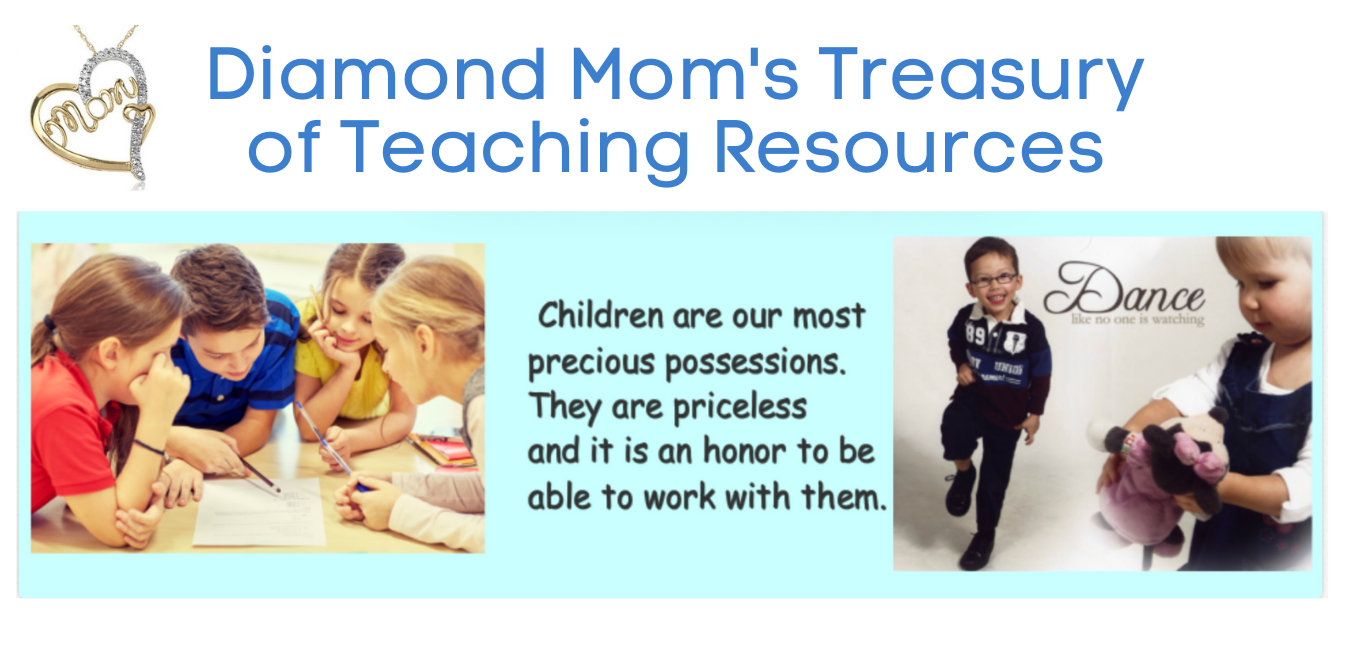
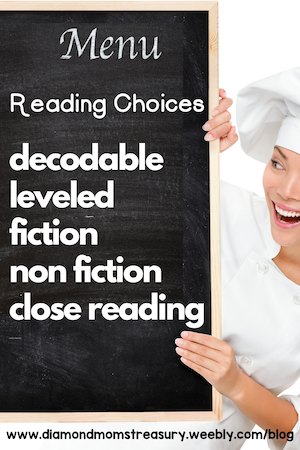
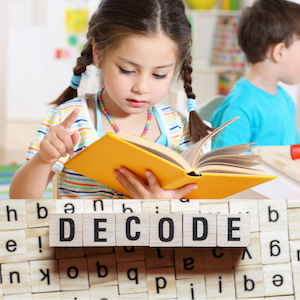
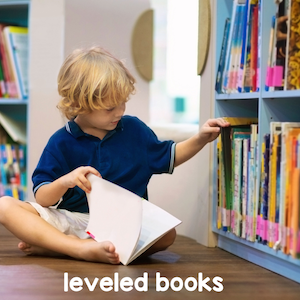
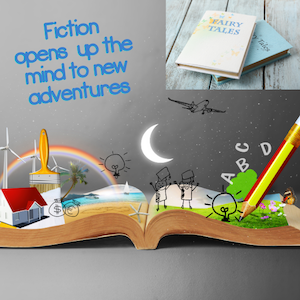

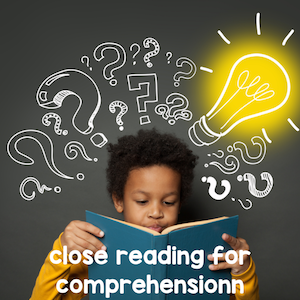
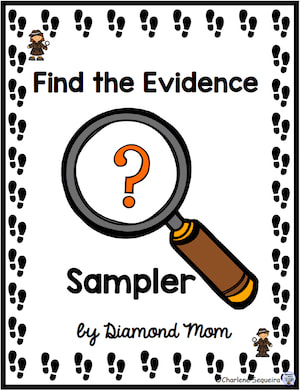
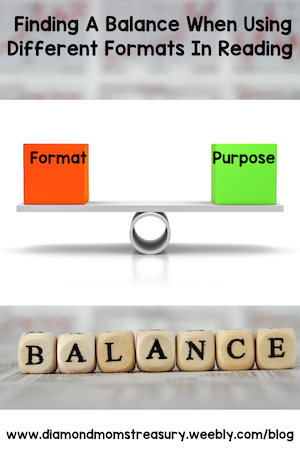

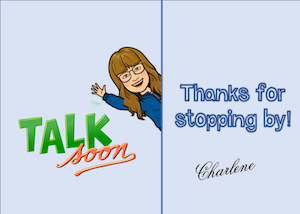
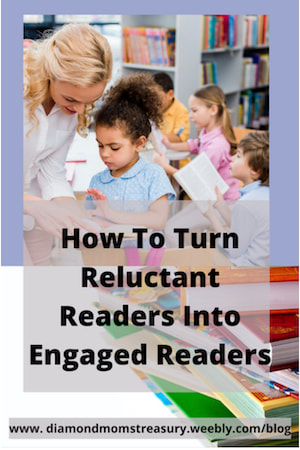
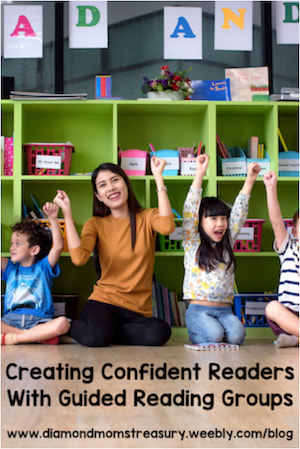
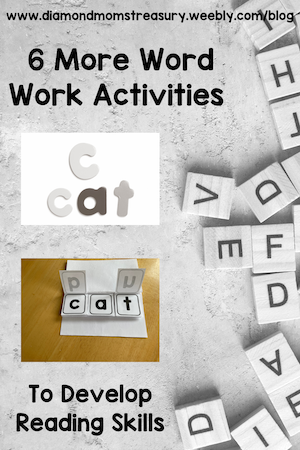
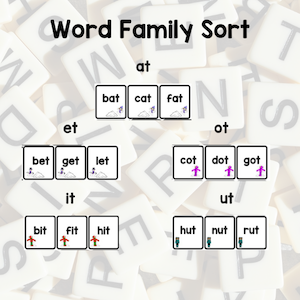
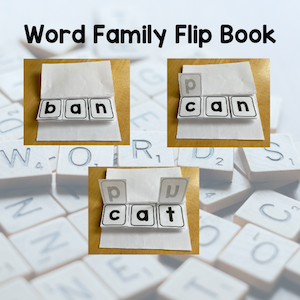
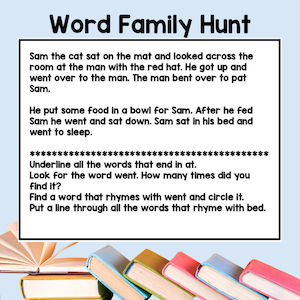
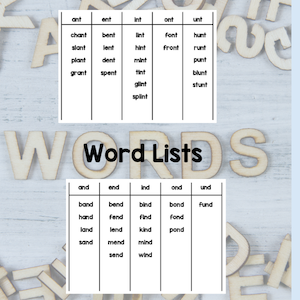
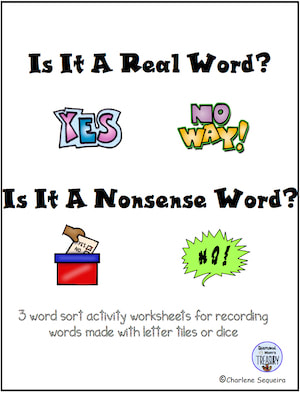
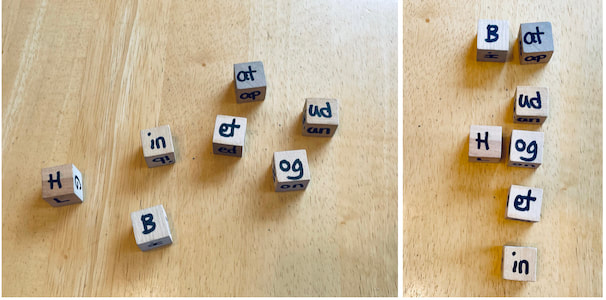
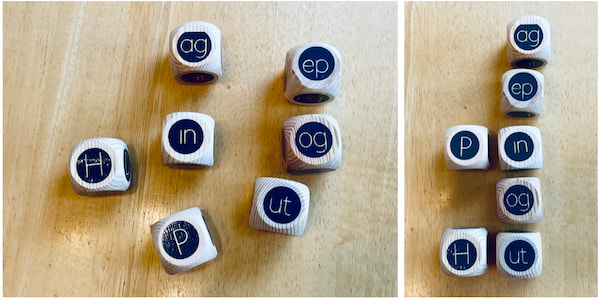
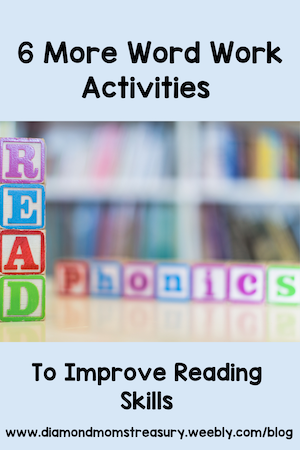
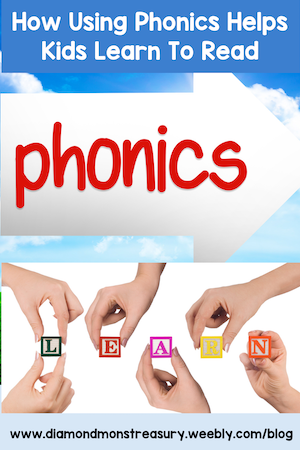
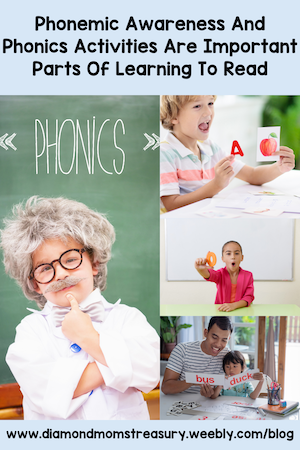
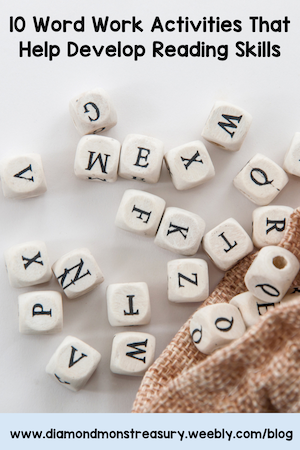
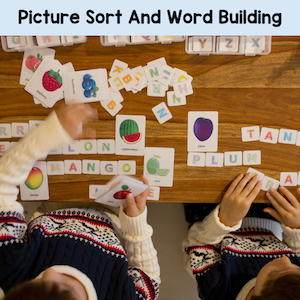
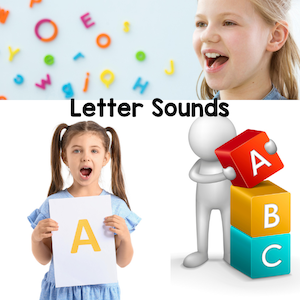
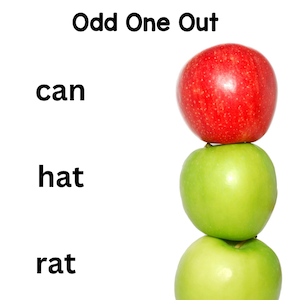
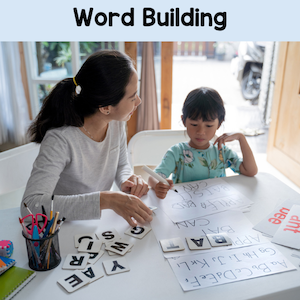

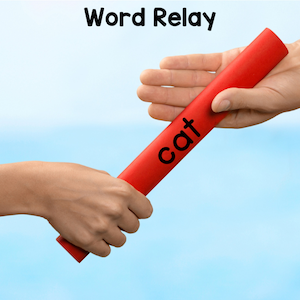
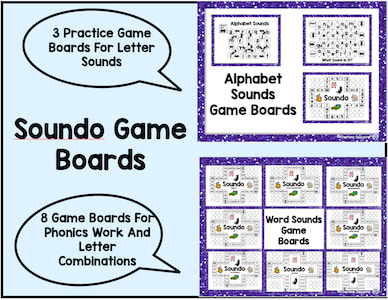
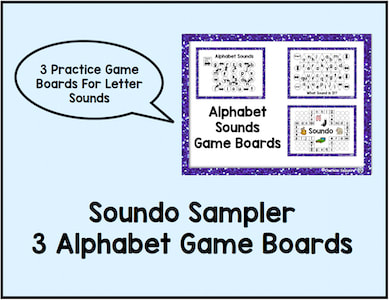

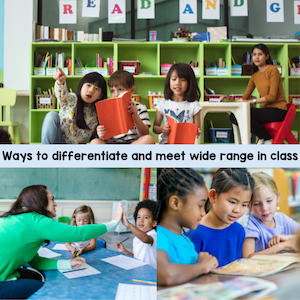
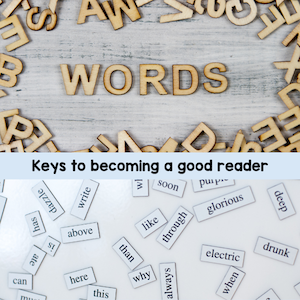
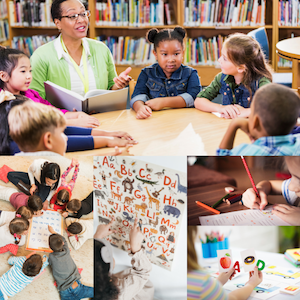
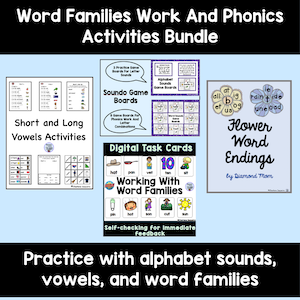
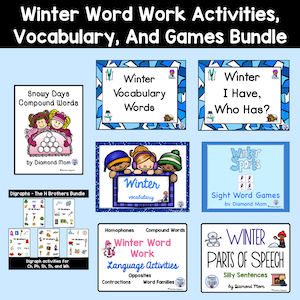
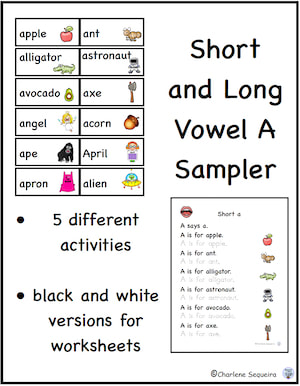
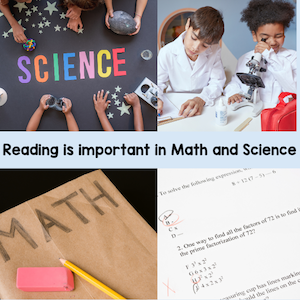
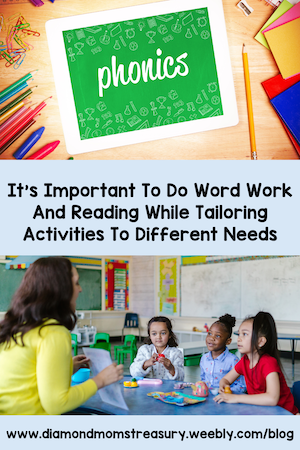
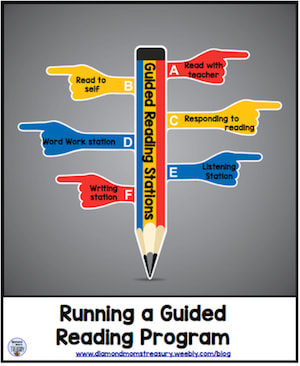
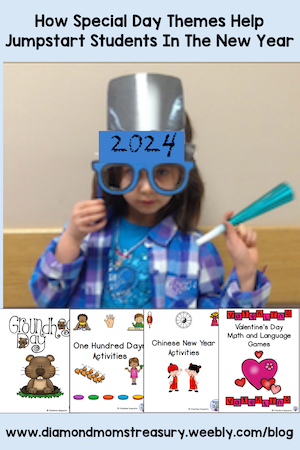
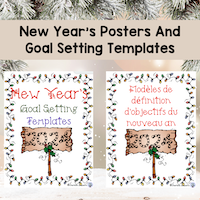
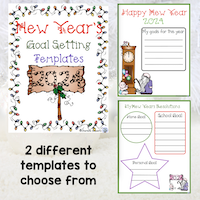
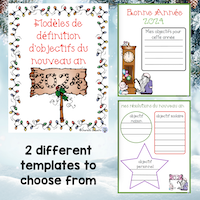
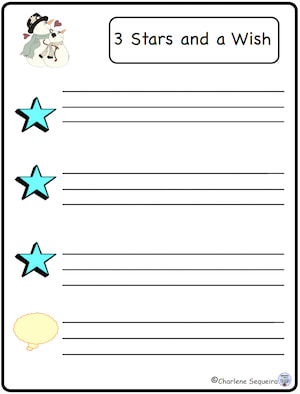
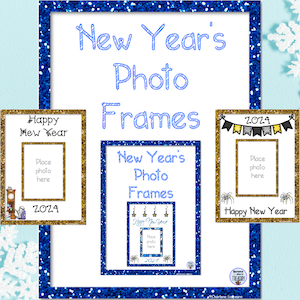
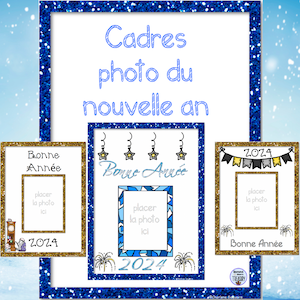
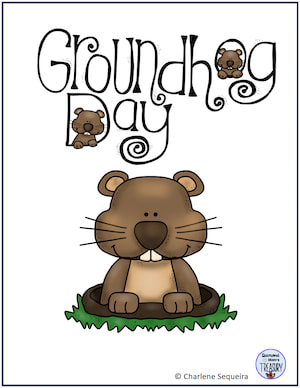
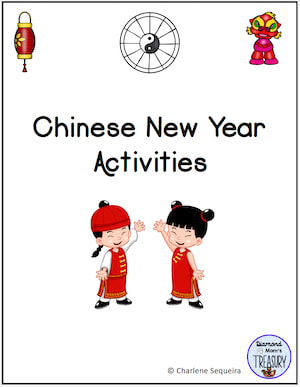
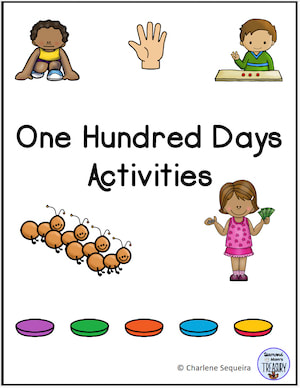
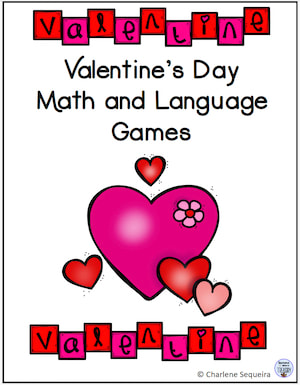
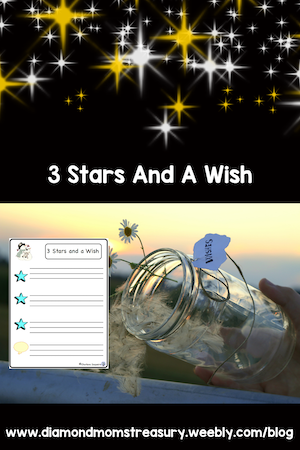
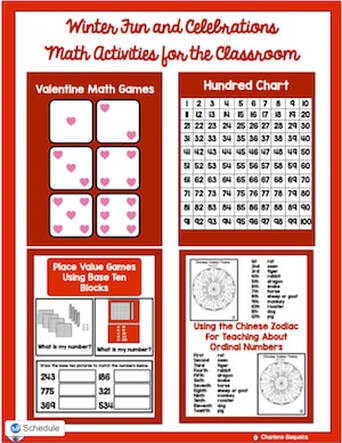
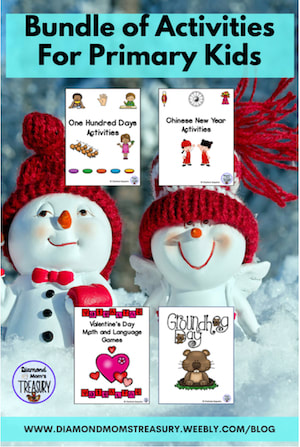
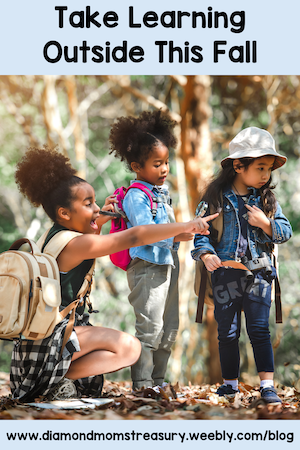


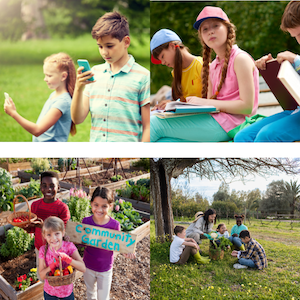
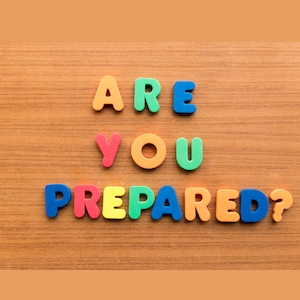
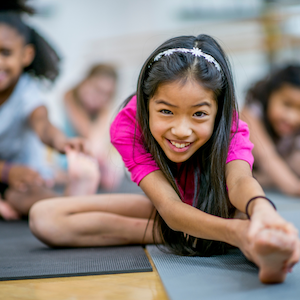
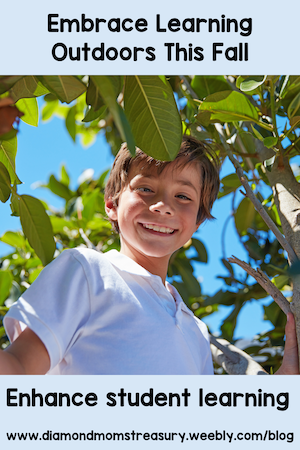
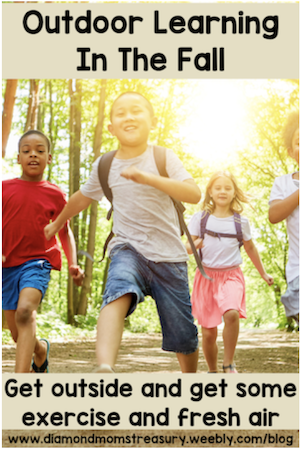
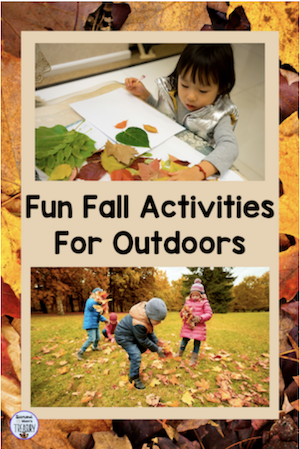
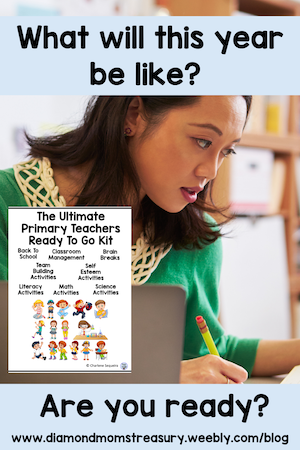
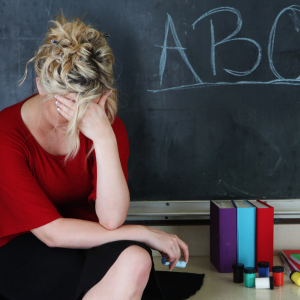

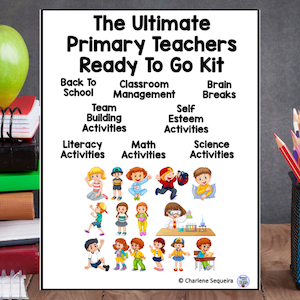
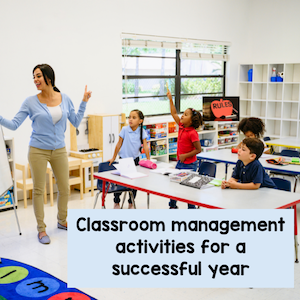
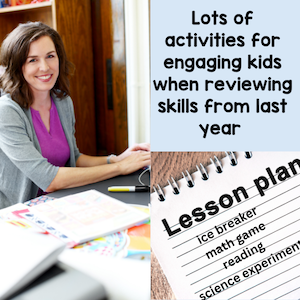
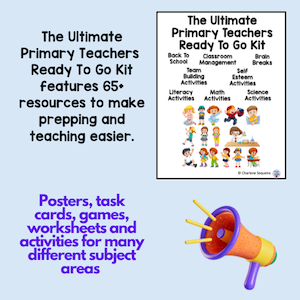
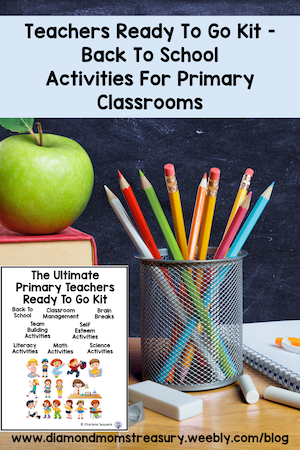
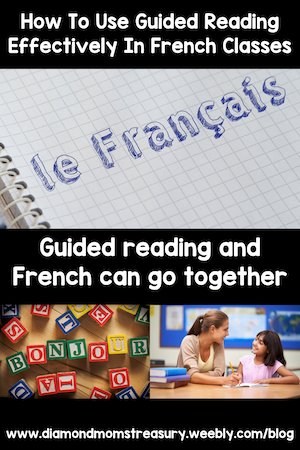
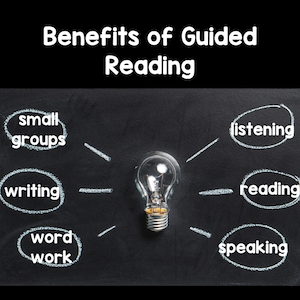
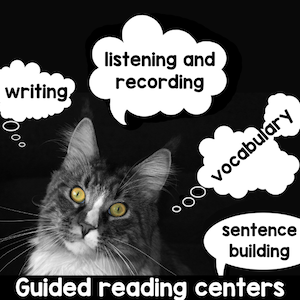
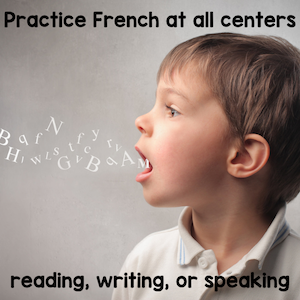
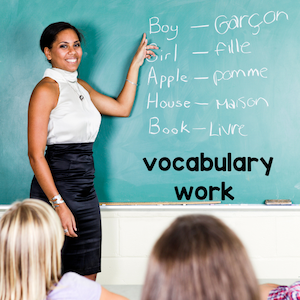
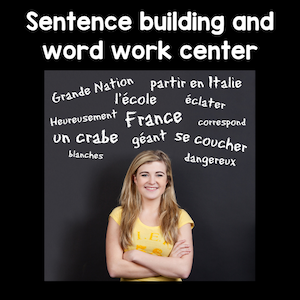
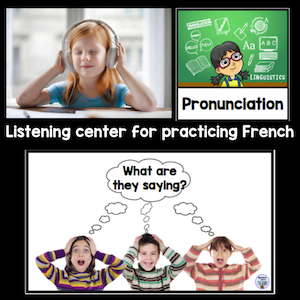
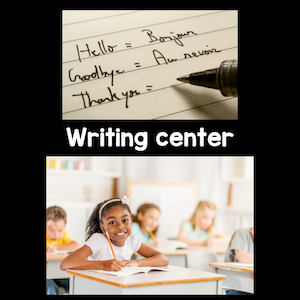
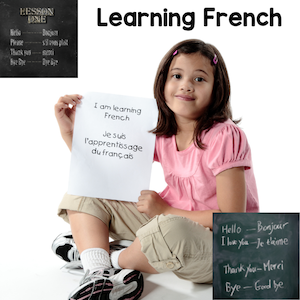
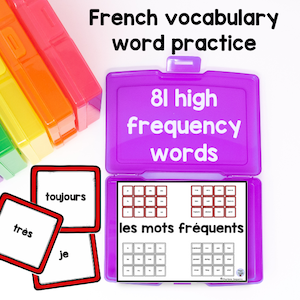
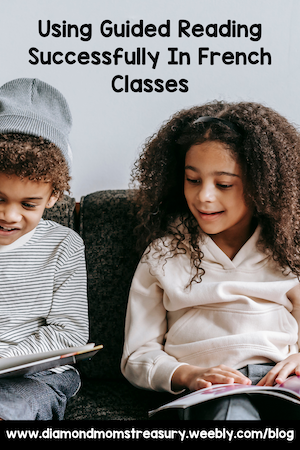

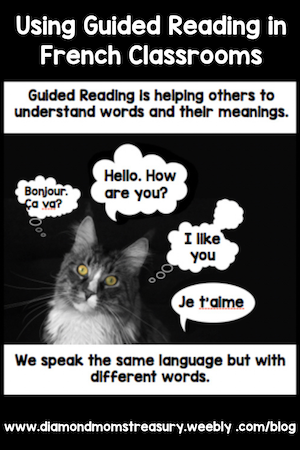
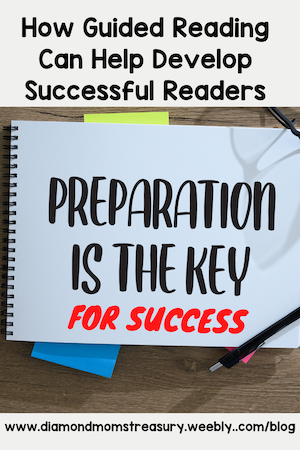
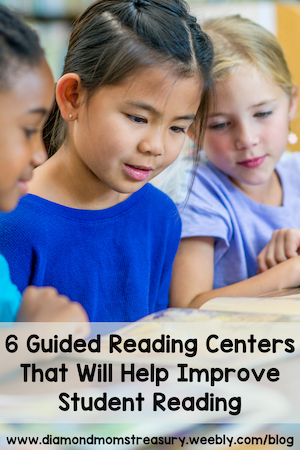
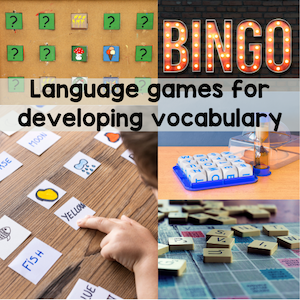
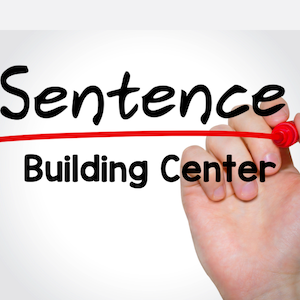
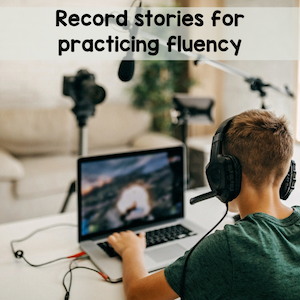
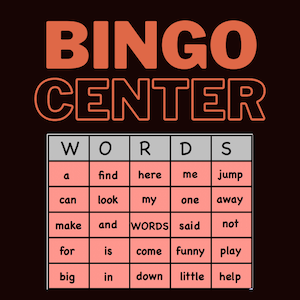
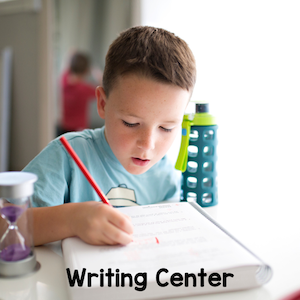
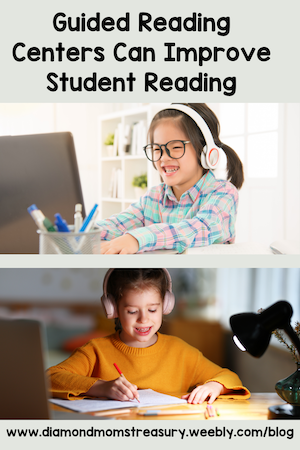
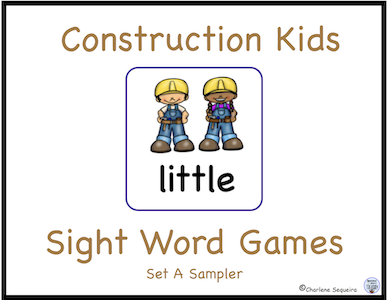

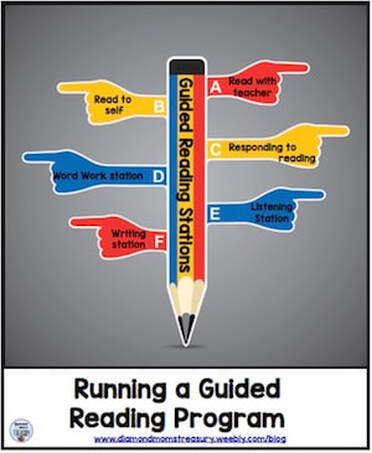
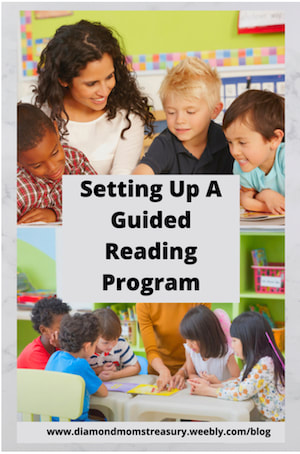
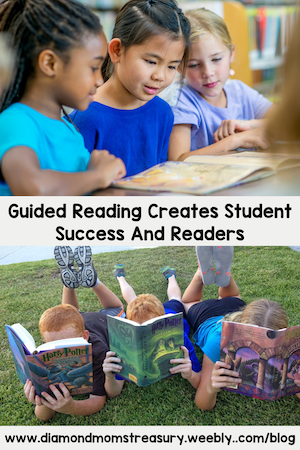
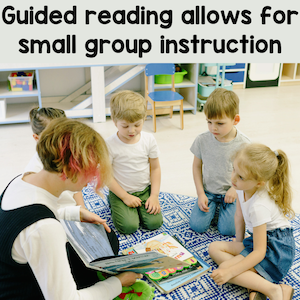
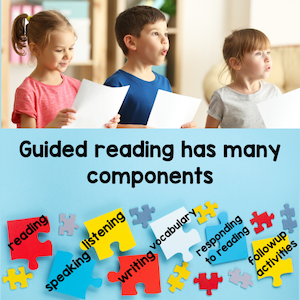
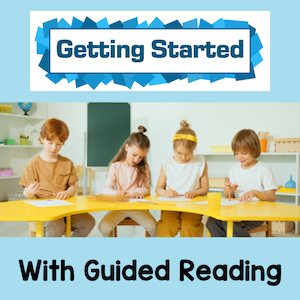
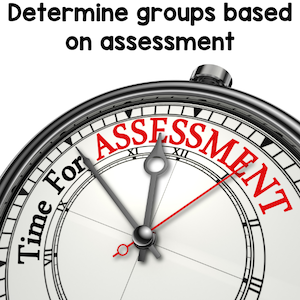
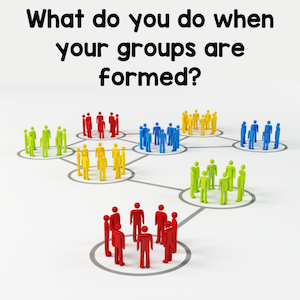
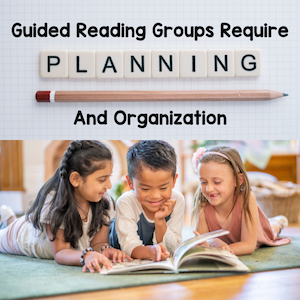

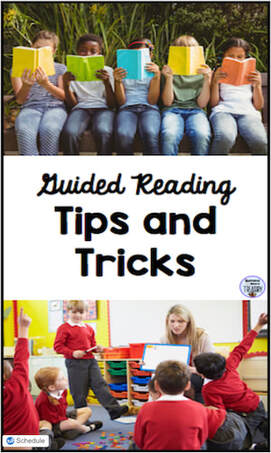



 RSS Feed
RSS Feed